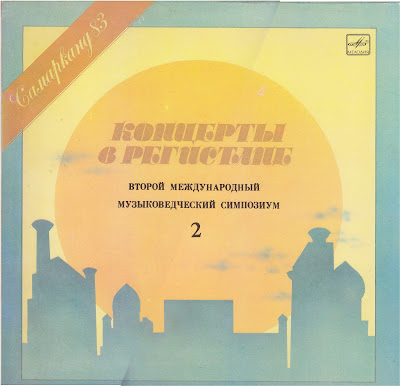THE RAYES MOHAMMED ELMARRAKCHI
Sawt el Ahbab, no date, 24
Moroccan artists have recorded a huge number of tapes over the years reflecting the great diversity of this culture between Arabic and Tamazight speakers. Here we have a good example of music from the Souss area where amazigh culture is still very strong musically and linguistically. One feature I like is the dialogue between the male singer and the women typical of this music. Those voices and the way of singing are really exciting along with the rabab and lotar playing. The whole thing being backed by a very solid section of percussions as usual. Too much reverberation characterizes many tapes but we get used to it after a while. The sound quality is not great in general but what a music !
Being unable to read the cover, I asked the help of a friend, Julien, who speaks and writes Arabic but he told me that the titles of the songs being in Tamazight mostly it was difficult for him to give me an accurate transcription. There are 5 songs mentionned but there are 6 tracks... If somebody has a better comprehension I'd be glad to modify the following :
أدي بيد ربي أزمزن أوالي يالان - Adi bid Rebbi azemzen awali yalan
وريد أو اوريد - Werid aw urid
تنضامت - Tendamet
الرجاء في الله أدنيت - Al-raja fi Allah adnayt
آح يا احبيب - Ah ya hbib



















